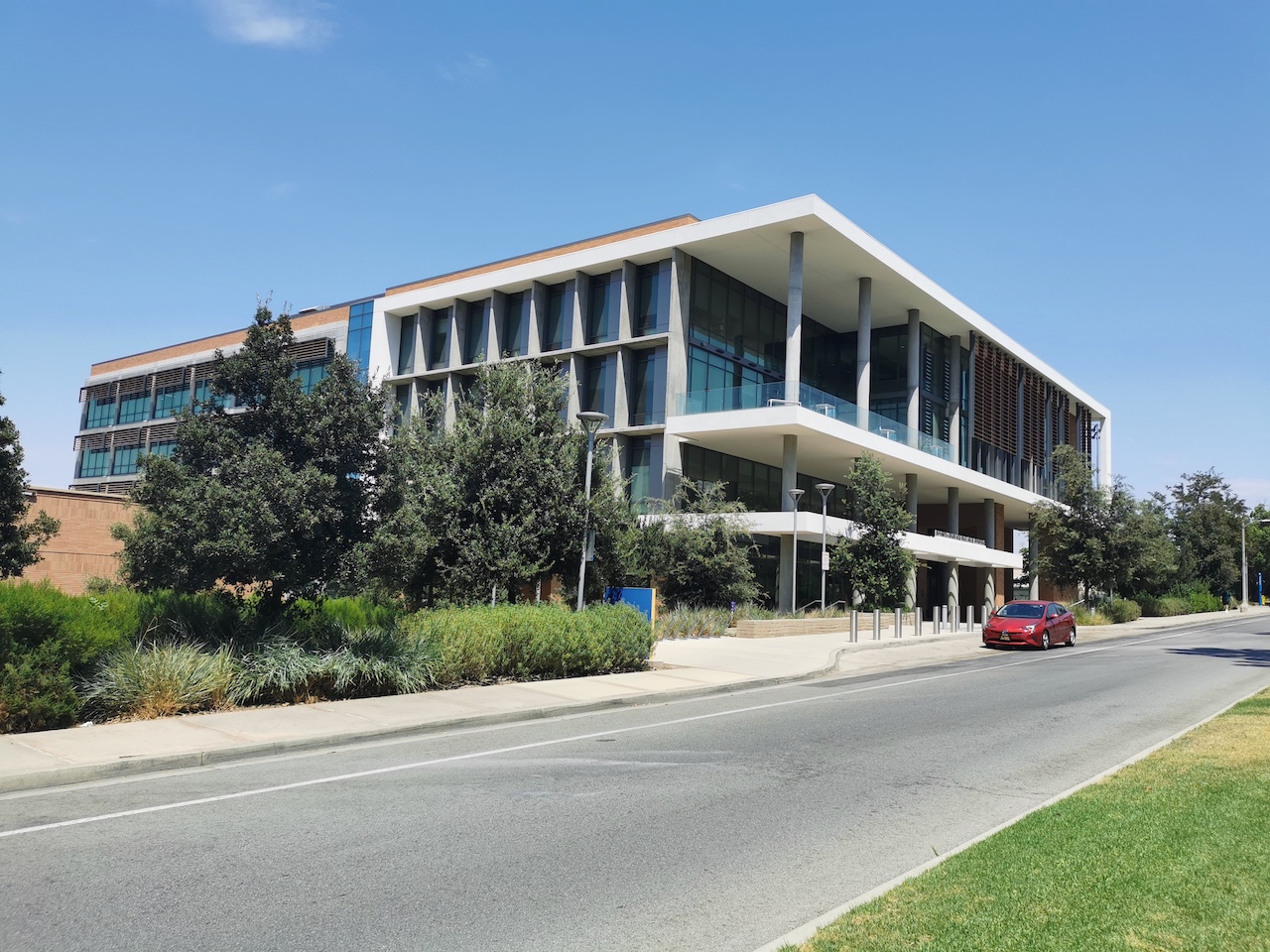In July’s blog post, we feature an interview with Dr. Jia Gou, Assistant Professor of Mathematics, University of California, Riverside (UCR).
When did you first become interested in mathematics and biology?
My undergraduate major was applied mathematics and some of the math courses I took, such as topology, abstract algebra, combinatorics, and mathematical logic are fascinating. I was impressed by the beauty of mathematics from these courses. In the last two years of undergraduate study, I took some applied math courses and found my interest in constructing math models to describe real world problems. My interest in biology was initiated from high school and from the simple rules that scientists found to decode the secret of life. But my knowledge of biology was still very limited during my undergraduate study.
The first “mathematical biology” project I did might be the one for my Bachelor’s dissertation. It was about classifying cabbages by analyzing photos of their leaves. I developed a MATLAB program to automatically classify photos based on features such as the leaf shapes, stem shape, stem versus leaf ratio, etc. This was the first time I used mathematics and programming to solve a biological problem. It was a great experience so I decided to study mathematical biology during my postgraduate study.
Was the decision to do a Ph.D. an obvious and easy choice?
For me it was an obvious and easy choice. I started with a Master’s program in mathematical biology. At that time, I was working on a mathematical physiology model, where we used differential equations to model a ligand-gated ion channel in pituitary gonadotroph. I was fascinated by the power of mathematical models in describing biological systems and was eager to learn more about the applications of them. The mathematical biology group at the University of British Columbia (UBC), where I studied my Master’s, organized lots of activities, and as a graduate student I had the opportunity to get exposed to different modeling techniques and different biological problems. I found that there are so many interesting biological problems and lots of things can be done using mathematical modeling. Thus I decided to continue to a Ph.D program to learn more about it.
During my Ph.D study, we constructed and analyzed a series of modeling systems of spatially coupled active compartments, which is related to the understanding of the biological rhythms and quorum sensing in bacteria colonies. The active compartments are coupled through a diffusive signaling molecule in the environment and we investigated the conditions on the parameters for the synchronized oscillations to occur. Linear and nonlinear stability analysis were used to analyze the pattern formation in these systems.
What are your main research questions and why are they interesting?
During my postdoctoral training at the University of Minnesota Twin Cities, my postdoc mentor was interested in the development of wing imaginal discs in Drosophila, and I started to work on a project related to the size control of wing discs from the perspective of signaling pathways. We considered the Hippo pathway, which functions as the hub of regulatory mechanisms that control the growth of the wing disc. The regulation of the Hippo pathway by the upstream molecules was analyzed and a control mechanism was proposed to explain the observed non-monotonic response of the downstream effectors.
My position at UCR started in 2020, and the main research questions I am interested in are related to both my experience in my Ph.D studies and postdoctoral training. One of the questions is: how is tissue development regulated? For instance, the development of the Drosophila wing disc consists of growth and patterning. How are growth and patterning coupled together to produce scale invariance? How multiple biochemical and mechanical signals are integrated together to regulate cellular processes is another interesting question. As many signal transduction networks are involved in the regulation of development, I am also interested in general questions such as how to simplify complex networks to simpler ones and at the same time retain the main features, and how to understand the downstream response of signaling pathways with complex signaling inputs from the upstream.

Multidisciplinary Research Building at UCR
What makes you passionate about your work?
Solving interesting problems, working with collaborators with different backgrounds, and learning new things every day. I enjoy the process of problem solving. In biology, there are lots of unknowns waiting for people to explore. How to construct mathematical models to describe biological problems is very interesting itself. And with the development of math science, new tools have been developed to tackle problems which can not be solved before. Learning and applying these new tools is always challenging but at the same time enjoyable.
What do you like to do in your spare time outside of work?
I enjoy outdoor activities such as hiking. There are many beautiful hiking trails near the Riverside area and during winter or spring I often go hiking with friends on weekends. In summer, the temperature is very high during day time so I usually stay inside. I also enjoy watching documentaries or building LEGO.